When it comes to American muscle in the late ’60s and early ’70s, the Camaro Z28 and Pontiac Trans Am both stand out as strong contenders. Each brought its own mix of performance, style, and street credibility—but they took different routes to get there. The Z28 came ready for the track, while the Trans Am blended muscle with a bit more flair and comfort. Deciding which was the better buy depends on what you value most: race-bred precision or muscle car swagger. Let’s break down how these two compare.
1. Origins and Purpose
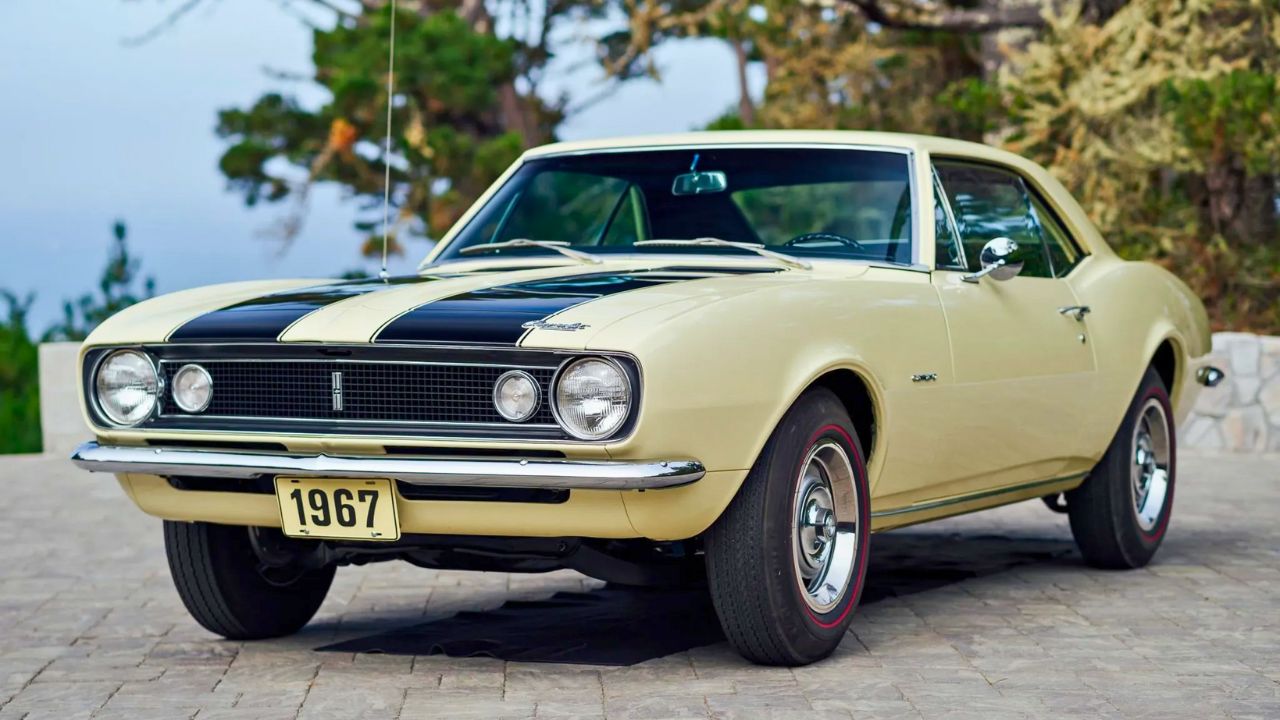
The Camaro Z28 launched in 1967 as a factory race package aimed at SCCA Trans-Am competition. It started with a 302 cubic inch small-block designed to meet the 5-liter displacement limit, balancing power and handling. The Pontiac Trans Am came later in 1969 as a performance and appearance package on the Firebird, named after the racing series itself. While both were rooted in racing, the Z28 began as a focused track tool, and the Trans Am aimed to be a streetable but aggressive package.
2. Engine Differences
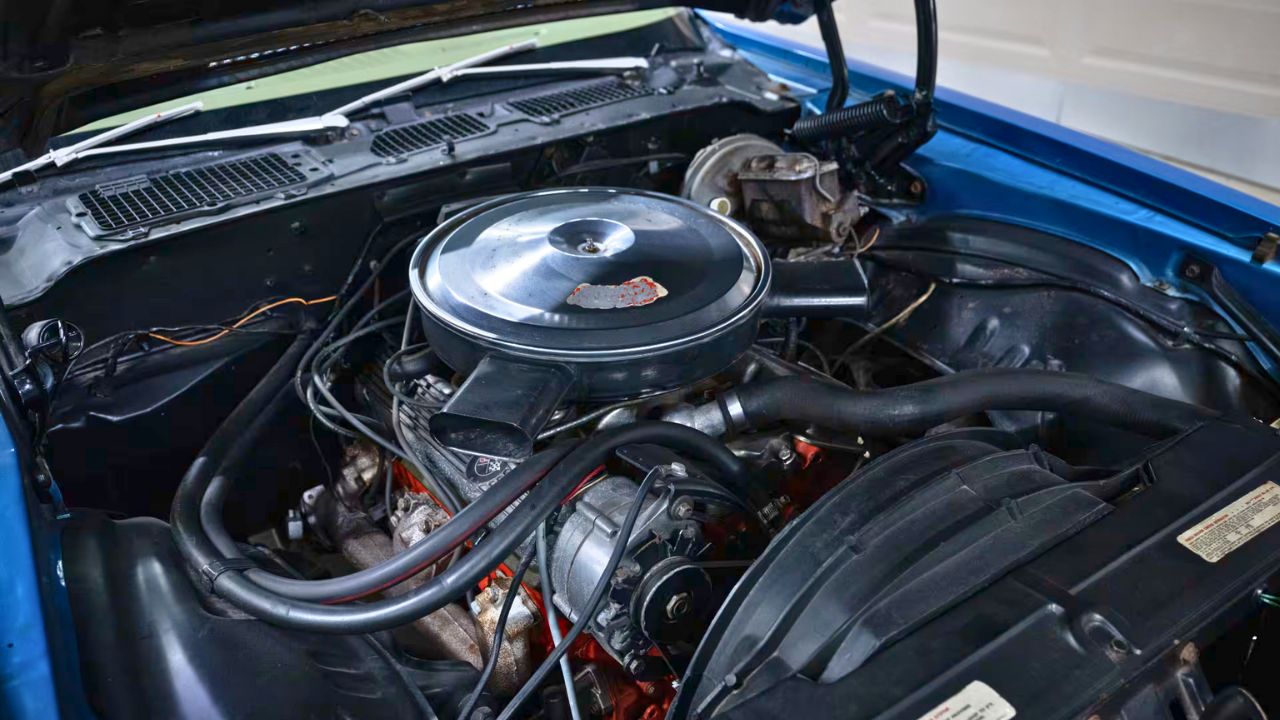
Early Z28s packed the 302ci V8 producing about 290 horsepower, with a high-revving cam and solid handling focus. The Trans Am started with a range of engines, often using Pontiac’s 400ci V8, which provided more torque but less emphasis on high RPMs. The Z28’s smaller displacement meant it had a more spirited, responsive feel, while the Trans Am offered muscle car grunt with a bit more weight.
3. Handling and Suspension
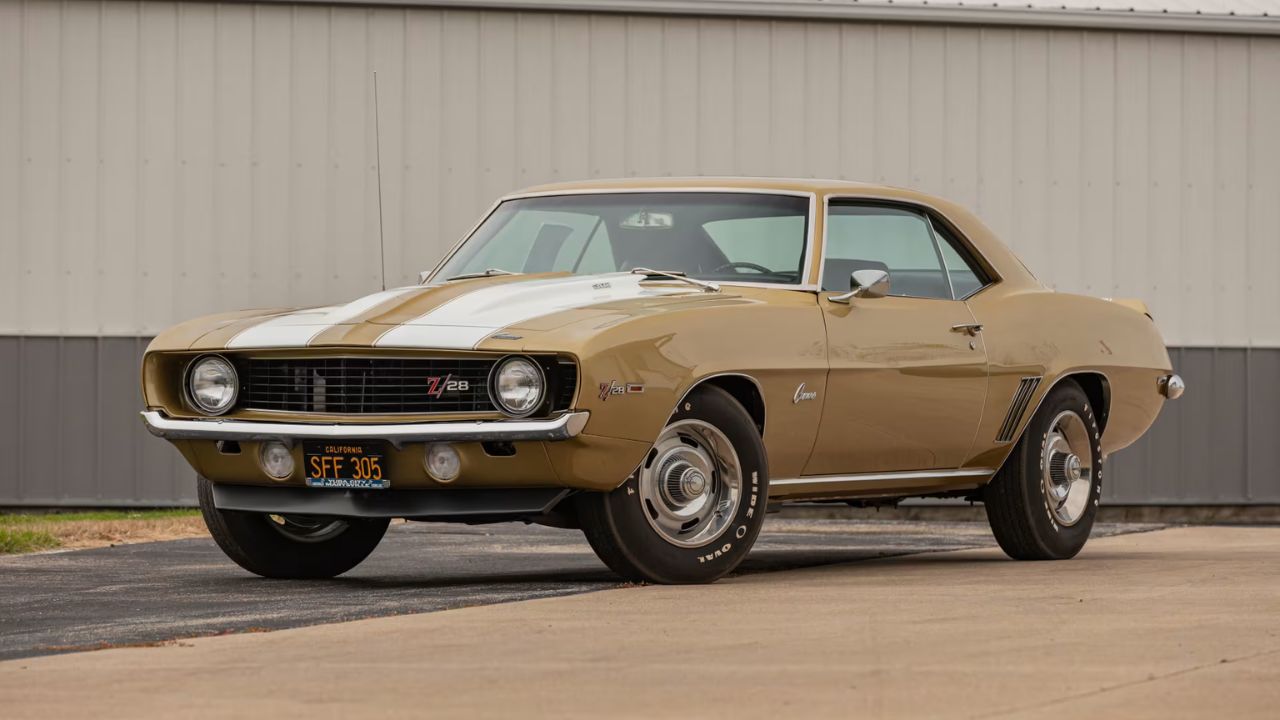
Chevrolet built the Z28 with SCCA racing rules in mind, fitting it with heavy-duty suspension components, front disc brakes, and wider tires. Its lighter curb weight and sport-tuned chassis gave it an edge on twisty roads and race tracks. Pontiac’s Trans Am package upgraded suspension and brakes but was generally heavier and leaned toward street comfort. This difference meant the Z28 was often regarded as the sharper driver’s car.
4. Styling and Interior Choices
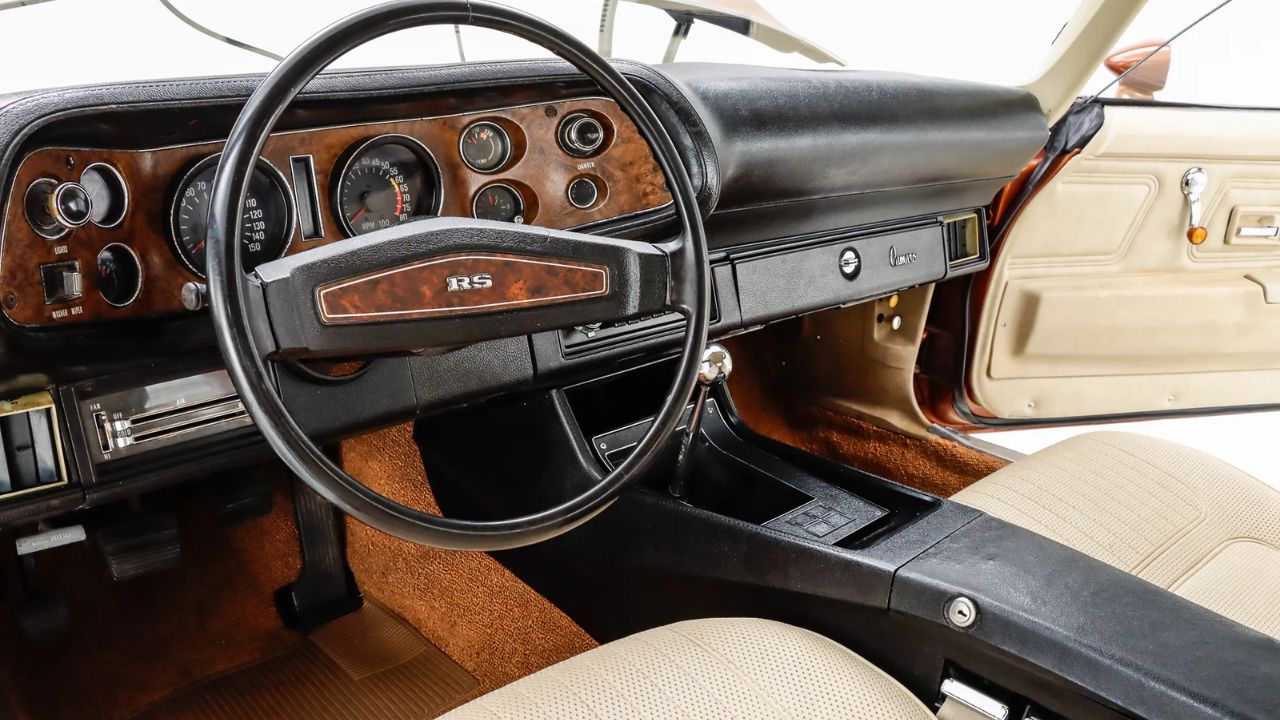
Both cars had aggressive looks, but the Trans Am took it further with bold decals, shaker hoods, and optional T-tops that became iconic. The Z28’s design was more understated, with racing stripes and minimal badging. Inside, the Trans Am often featured upgraded interiors with wood grain and rally gauges, while the Z28 stuck to more functional layouts focused on performance feedback rather than luxury.
5. Performance on the Street
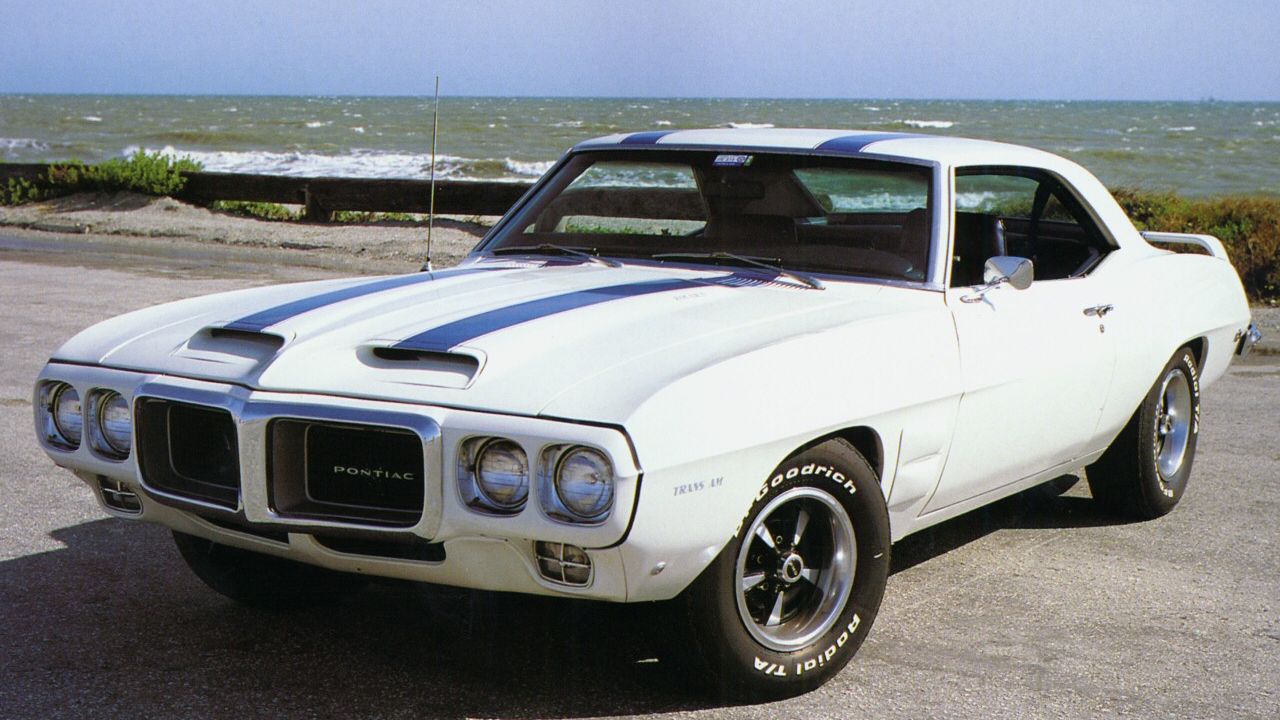
The Z28’s smaller engine and lighter weight gave it quicker throttle response and tighter cornering. It excelled in environments where handling mattered most. The Trans Am’s larger engine delivered more low-end torque, making it feel more powerful in daily driving and dragstrip runs. Both cars were fast, but the driving experience leaned toward precision for the Z28 and brute force for the Trans Am.
6. Racing Heritage and Influence
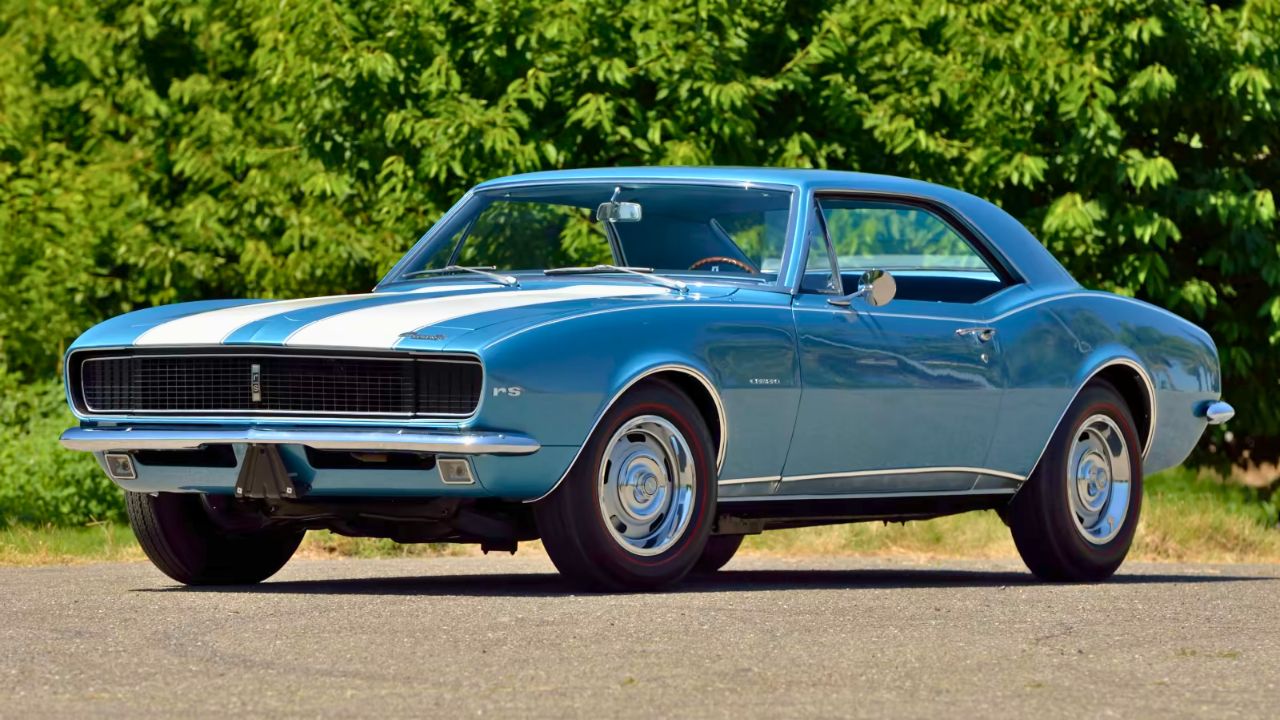
The Z28’s foundation was directly tied to racing from day one, competing in Trans-Am series and making a name for itself with its nimble performance. The Pontiac Trans Am name came from Pontiac’s sponsorship and focus on the series, with later models becoming racing legends themselves. Both carry racing blood, but the Z28’s roots are more deeply connected to factory-built race cars.
7. Pricing and Market Position Back Then
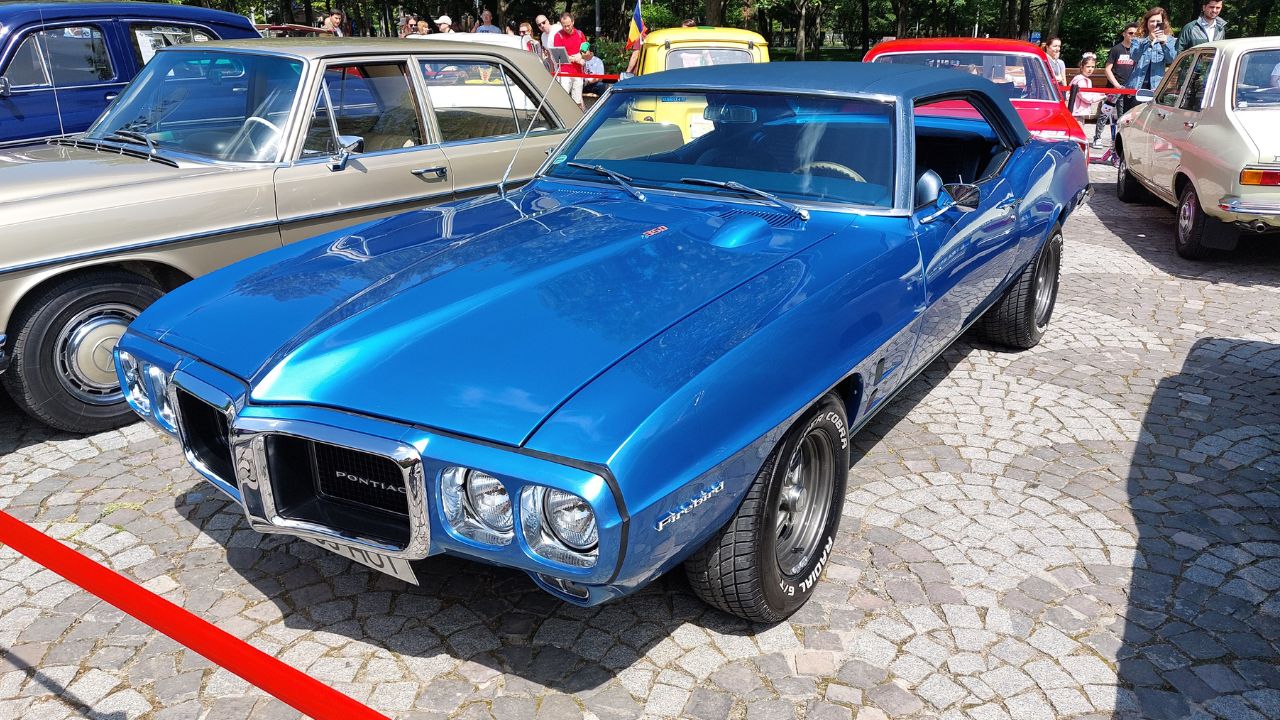
At launch, the Z28 was priced slightly lower than a comparable Trans Am package, making it a popular choice for racers and street enthusiasts on a budget. Pontiac positioned the Trans Am as a more premium option with more comfort features, which added to its price but also its perceived value. Buyers looking for raw performance often leaned toward the Z28.
8. Collectibility Today
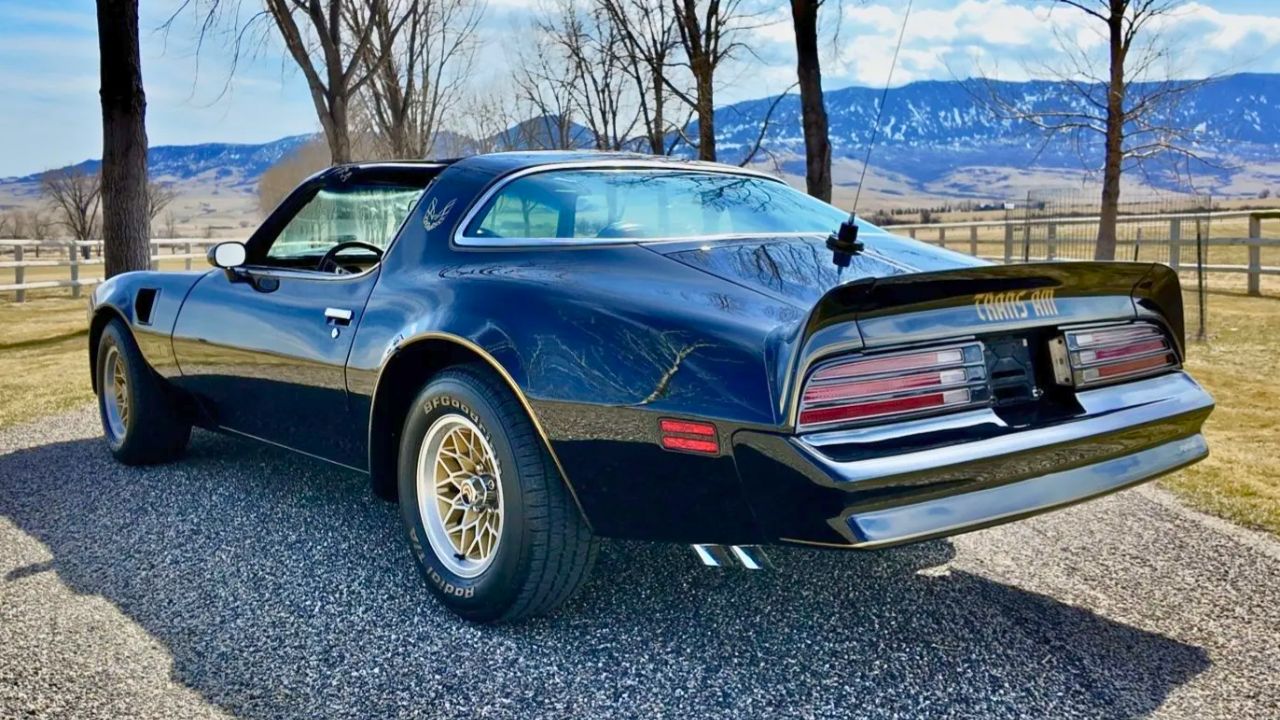
Both cars have solid followings, but early Z28s—especially 1969–70 models—command higher prices due to their rarity and racing pedigree. Trans Ams from the late ’60s and ’70s, particularly those with special editions like the “Bandit” 1977–79 models, have strong cultural appeal and are highly collectible as well. Overall, the Z28 is often seen as the more desirable classic muscle car among collectors.
9. Practicality and Usability
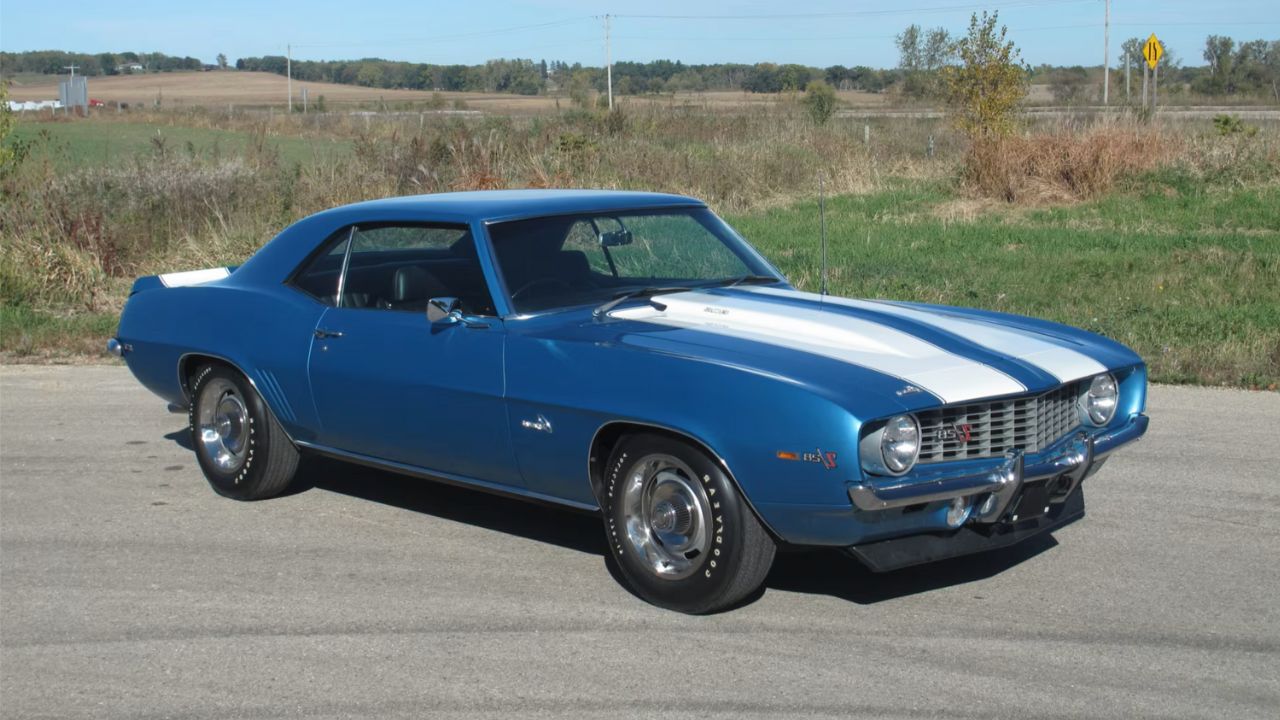
Trans Ams often came with larger engines and more creature comforts, making them better suited for daily driving or longer trips. The Z28’s race-focused setup meant stiffer suspension and a more aggressive driving position, which could be less comfortable for some drivers. Both cars are two-door coupes with similar interior space, but the Trans Am prioritized comfort a bit more.
10. Which Should You Choose?
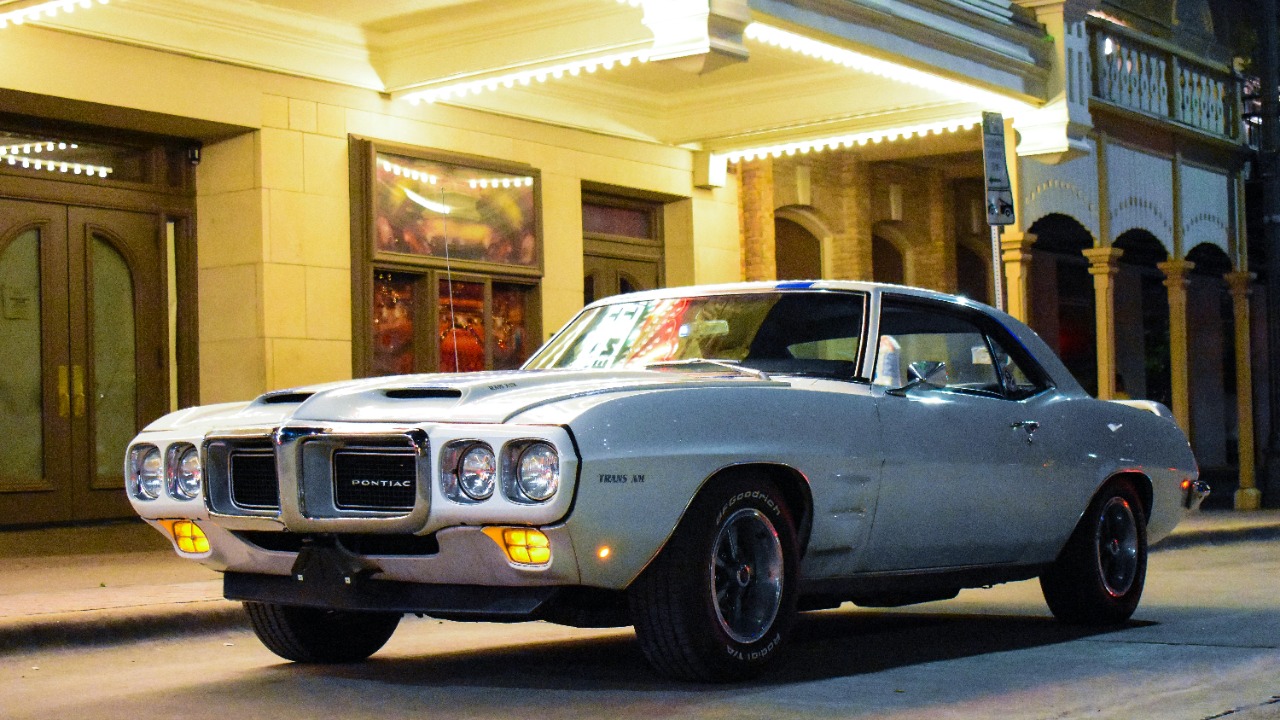
If you want a muscle car with sharp handling and race-bred heritage, the Z28 is a solid pick. If you prefer classic muscle car presence, with more torque and a comfortable ride, the Trans Am fits the bill. Both have their place in history and continue to excite collectors and drivers alike. The “better buy” ultimately depends on what kind of driving experience you value most.

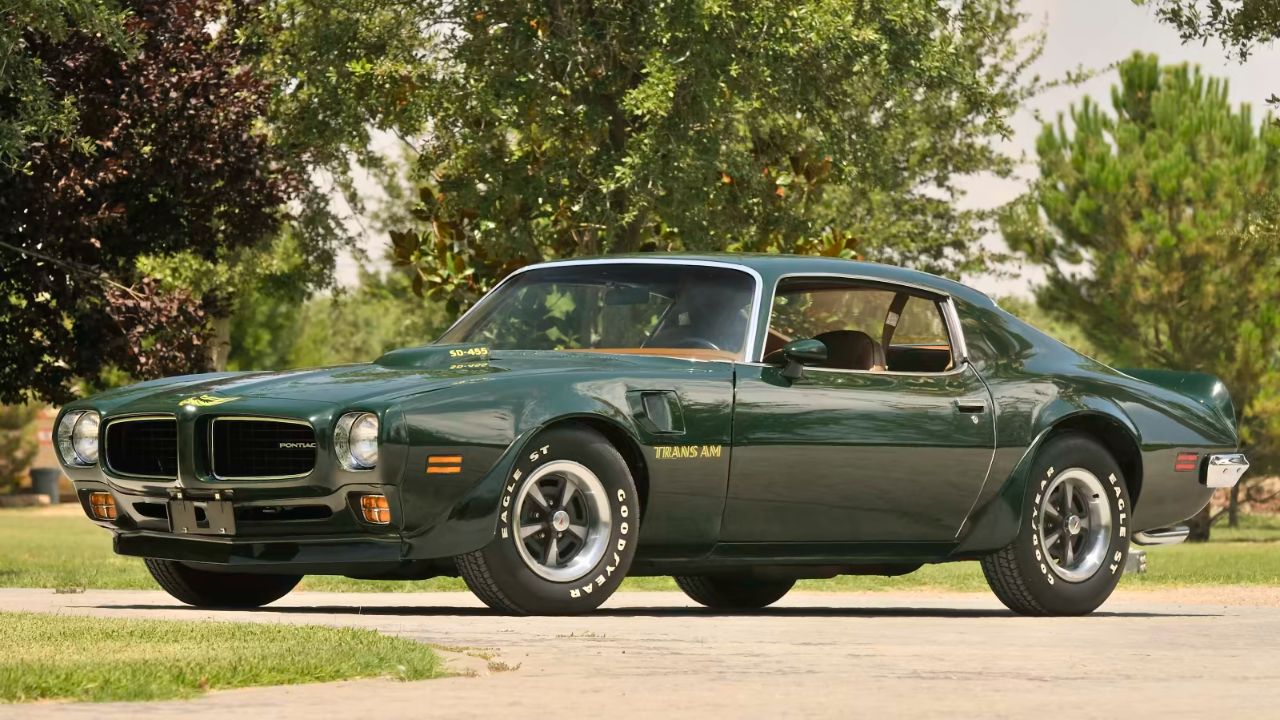



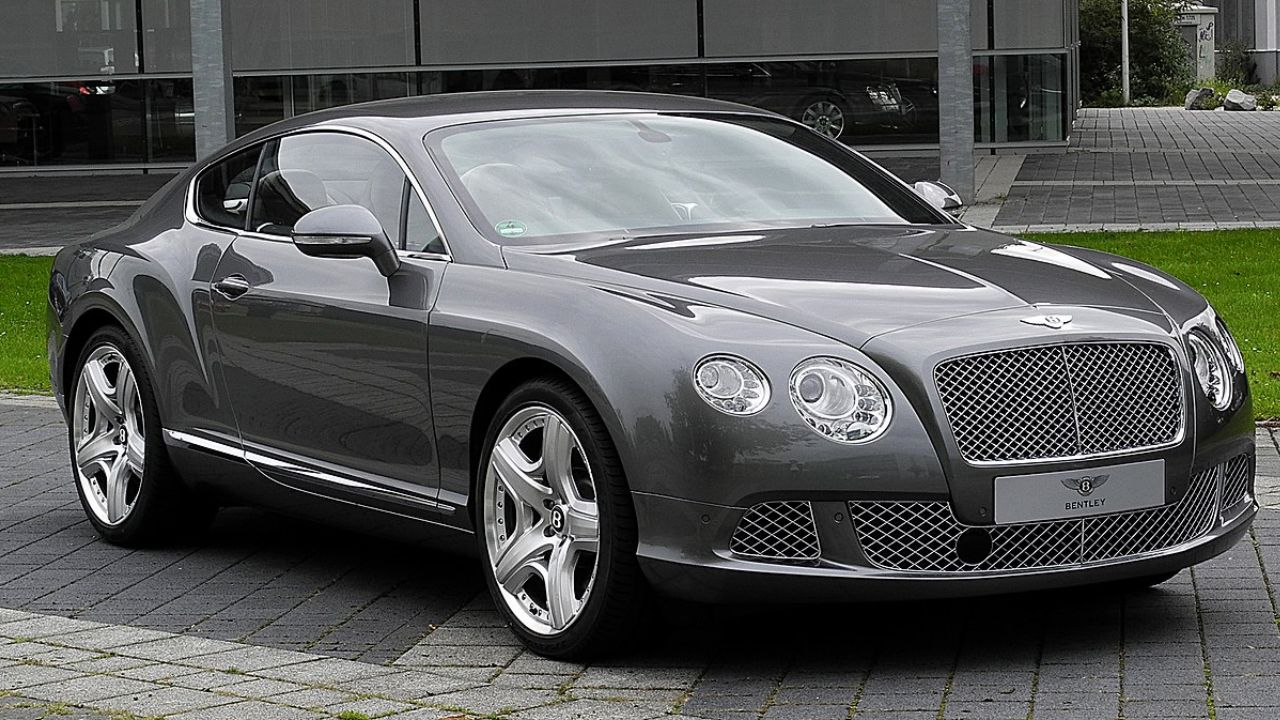

Leave a Reply